Where the Fruit Falls
UWA Publishing, $27.99 pb, 344 pp
Ugliness and beauty
Set in colonial Australia in the 1960s and 1970s, Karen Wyld’s new novel Where the Fruit Falls examines the depths of Black matriarchal fortitude over four generations. Across the continent, Black resistance simmers. First Nations people navigate continued genocide and displacement, with families torn apart by the state. Where the Fruit Falls focuses on the residual effects and implications of such realities, though it presents a quieter narrative: one of apple trees, wise Aunties, guiding grandmothers, and settlers both malicious and kind-hearted.
Where the Fruit Falls joins contemporary works such as Tony Birch’s The White Girl (2019), where intricacies of the author’s historical focus shine through. Like Birch, Wyld focuses on a time where constitutional recognition was said to have drastically changed First Nations people’s lives. These authors tell a different story though, offering narratives that are arguably more truthful regarding the extent of varying forms of oppression experienced by First Nations people – influenced by where you landed and how safe it was to put roots down and exist.
Continue reading for only $10 per month. Subscribe and gain full access to Australian Book Review. Already a subscriber? Sign in. If you need assistance, feel free to contact us.



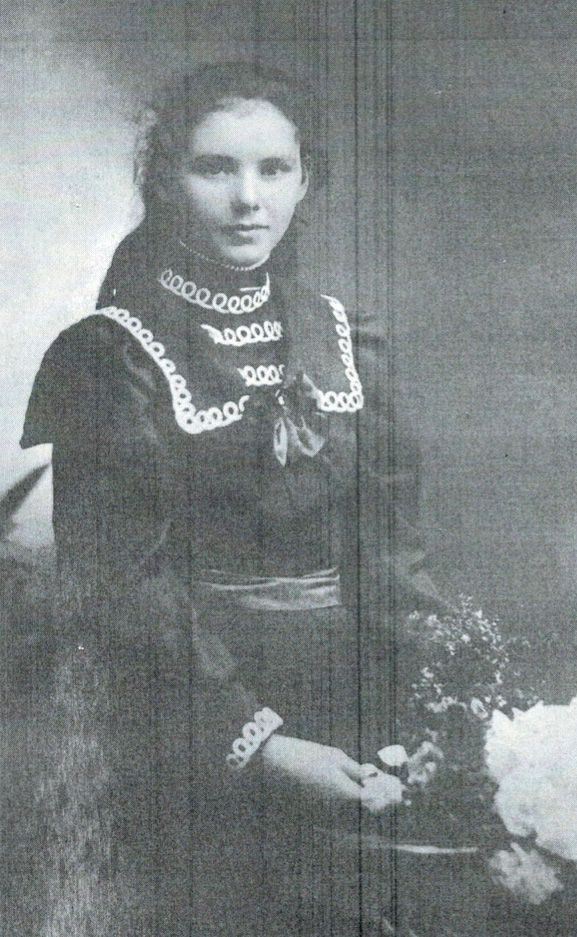
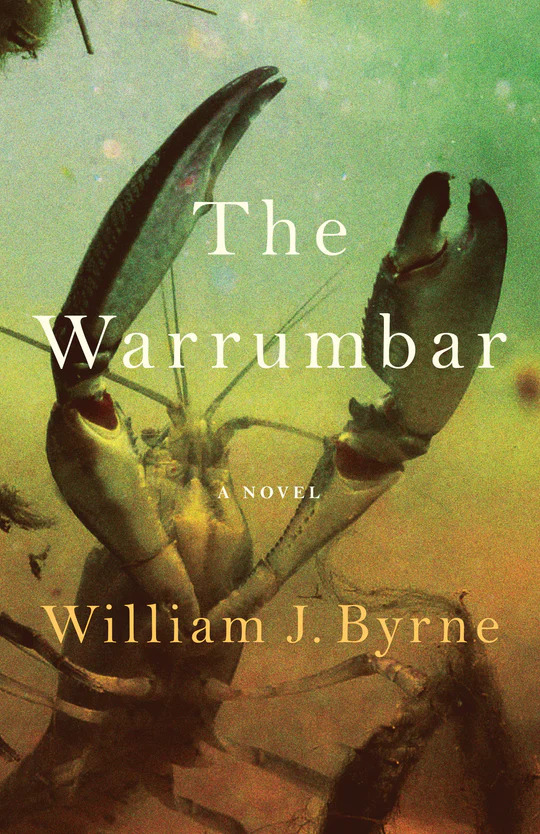
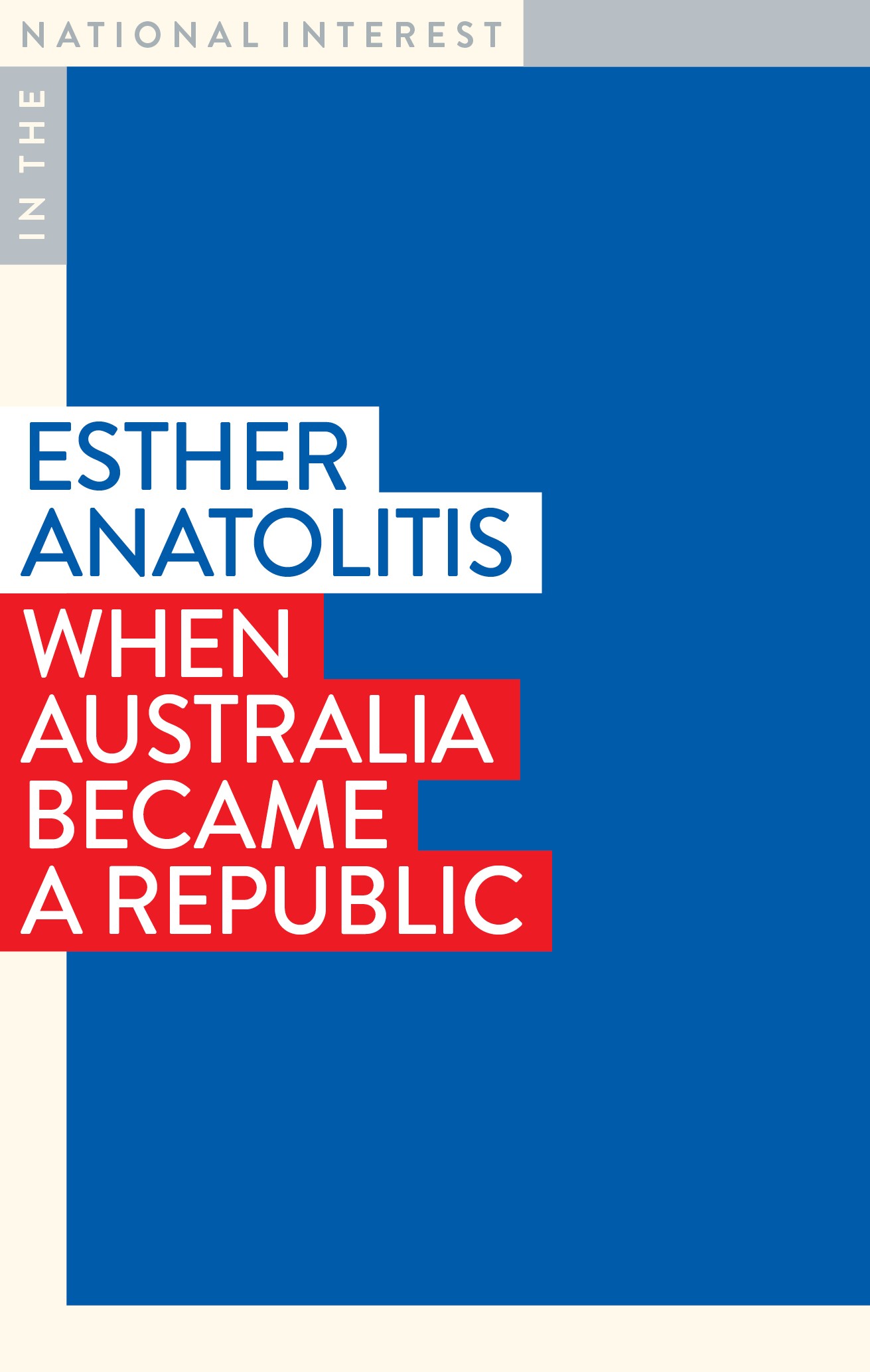

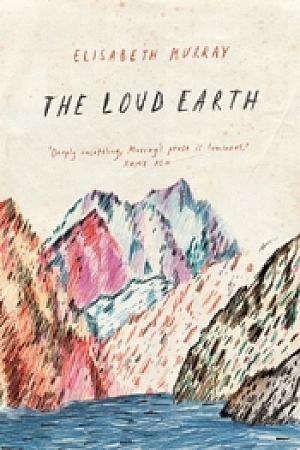

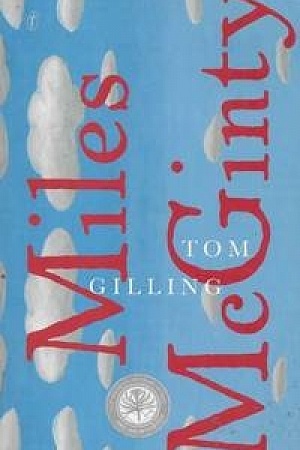

Leave a comment
If you are an ABR subscriber, you will need to sign in to post a comment.
If you have forgotten your sign in details, or if you receive an error message when trying to submit your comment, please email your comment (and the name of the article to which it relates) to ABR Comments. We will review your comment and, subject to approval, we will post it under your name.
Please note that all comments must be approved by ABR and comply with our Terms & Conditions.